
The animal kingdom is teeming with individuals who have some of the most phenomenal real-life superpowers. From super sight to super hearing, from the ability to turn invisible to mimic any sound in the world; some members of the natural world possess truly unique and extraordinary gifts that humans can only envy. Here, we look at 7 amazing animals with some really exceptional superpowers that we would certainly love to have.
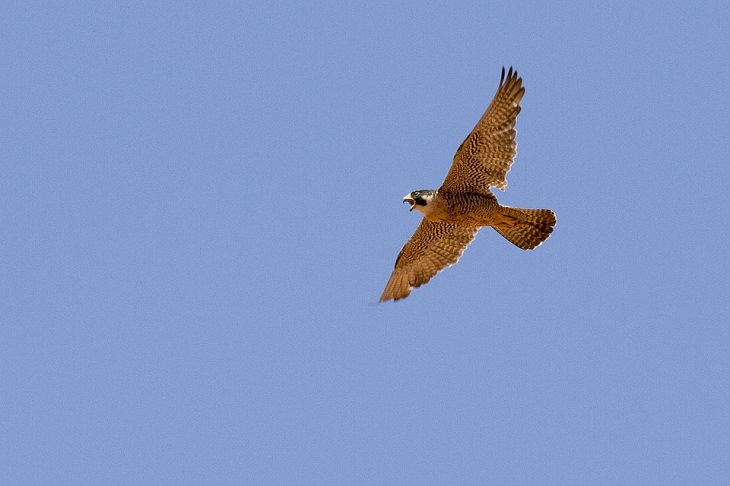
The peregrine falcon (Falco peregrines) isn’t just incredibly fast - these birds have been clocked at speeds as high as 242 mph (389.4 kph) – they also have the fastest vision in the animal kingdom. According to a study published in the Journal of Experimental Biology, these magnificent birds possess the fastest vision, recording 129 Hz (blinks per second) provided the light intensity is high. The study noted that the saker falcon can see 102 Hz and Harris's hawk 77 Hz under the same conditions. In comparison, humans see up to a maximum of 50 to 60 blinks per second.
The researchers also added that the speed at which different birds of prey process visual impressions corresponds with their hunting needs. The peregrine falcon, for instance, hunts fast-flying birds. The bird's ability to spot ultra-speed movements allows them to detect prey pretty early. They have extremely acute vision and the capability to speedily process different visual impressions. Thus, when it bears down on its prey, the peregrine falcon’s speed can easily reach over 350 kph (217 mph), almost similar to that of a Formula 1 racing car.
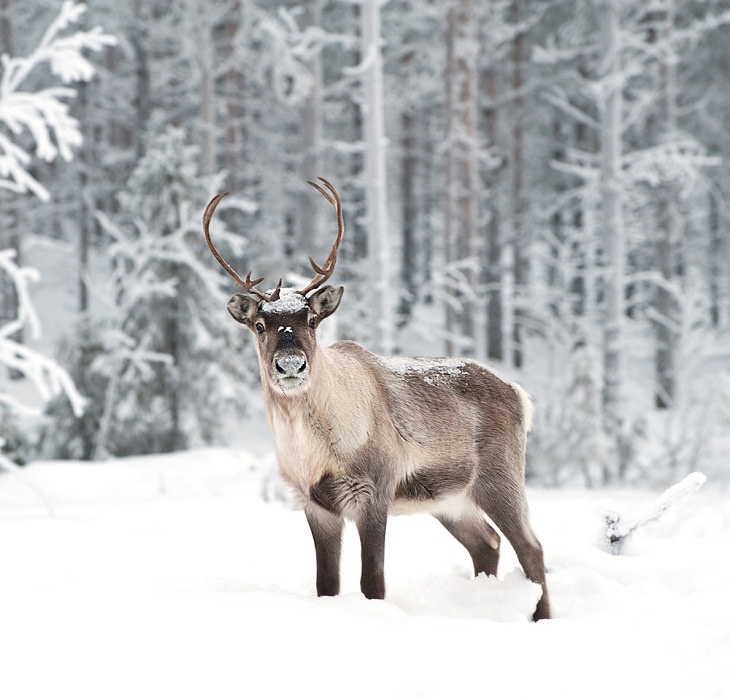
Reindeers (Rangifer tarandus) that live in the Arctic Circle face a harsh environment. These beautiful animals have an exceptional way of dealing with the near-complete darkness during extreme winter which can last 2 months in that region. They have an evolved mechanism that enhances their sensitivity to the limited environmental light. In other words, they have the gift to modify their vision under different light conditions.
Researchers have now also found that a part of the reindeer eye called the tapetum lucidum (or “cat’s eye”) changes color during the winter months. This further heightens their capacity to use light through the dark days. This isn’t all. These mystical creatures can extend their visual range into the near ultraviolet (UV). This allows them to make optimal use of the UV-rich winter light and also helps them spot food and predators much better. Thus, reindeers are capturing light that we humans can’t see in those deep winter months.
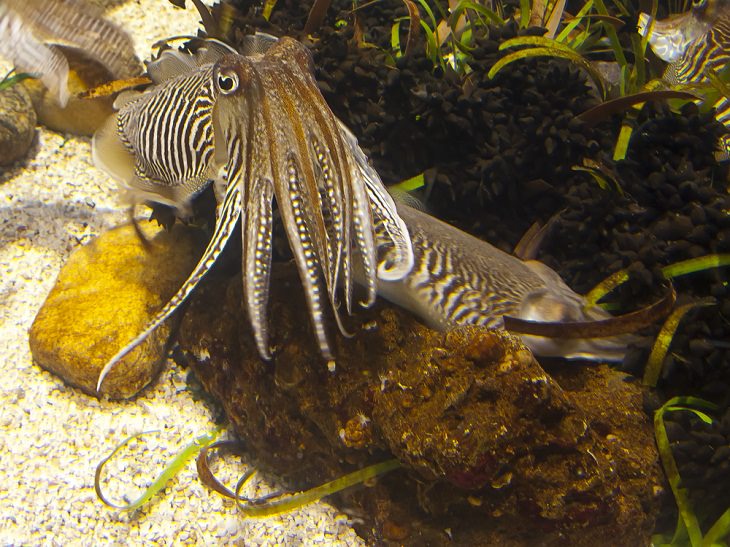
Who wouldn’t like to have the ability to be invisible, right? Invisibility has fascinated us all for ages. But while humans aren't anywhere close to finding ways to turn invisible, there is a little-known sea creature that possesses some of the best camouflage skills in the animal kingdom. The cuttlefish (Sepia Officinalis) is a unique organism. When a predator is nearby, this sea animal uses camouflage most remarkably – it alters the physical texture of its skin to resemble the coarseness of surrounding rocks, coral or seaweed.
That’s not all. When the cuttlefish holds its breath, the lack of water flowing over its gills reduces electrical activity there and makes it nearly invisible to predators. The skin of a cuttlefish is covered in tiny muscular organs known as 'chromatophores' that can change color as a reaction to a signal from the brain. It also has another set of muscular organs called 'papillae’ that can modify the structure of the skin when stimulated.
Scientists studied this unique gift of the creatures and found that when they froze, whether accidentally or intentionally, they covered the cavity leading to the gills with their tentacles. The moment they did so, the voltage of the water nearby dropped to nearly 80%.
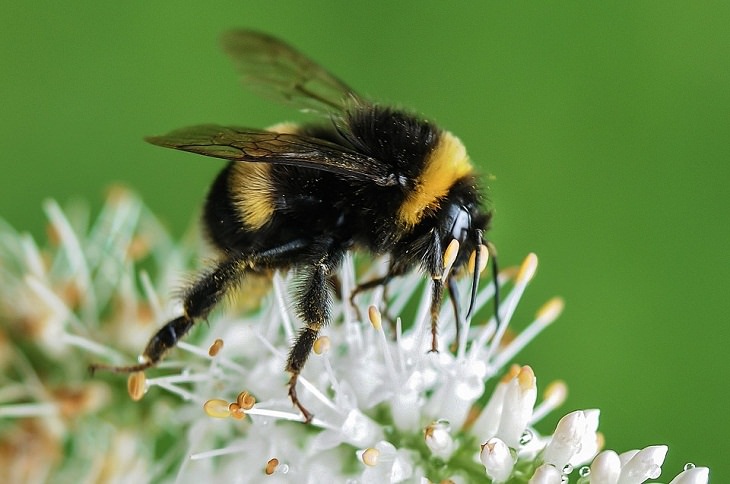
The tiny yet beautiful bumblebee (Bombus) acquires a positive electric charge as it flies through the air. Flowers on the ground, meanwhile, have a negative charge. When the two meet, the bumblebee somehow detects the difference. It has been revealed that when a bee visits a flower to pick up its pollen, it tends to transfer some of its positive charges to the plant, thus altering its electric charge. Interestingly, this charge is then sensed by the other incoming bees who understand that some other bee has recently used its pollen and thus move away from that particular flower to others. Furthermore, the bumblebees can detect and differentiate between the electric fields of different flowers.
"The co-evolution between flowers and bees has a long and beneficial history, so perhaps it's not entirely surprising that we are still discovering today how remarkably sophisticated their communication is,” says Daniel Robert, the lead author of the study investigating this ability.
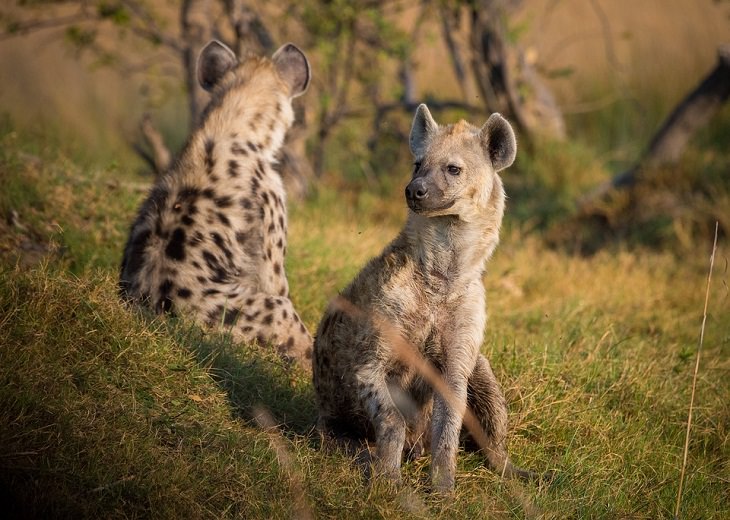
Hyenas are one of the most well-known scavengers of the animal kingdom. They have extremely strong jaws that can crush the thickest of bones. In fact, their bite force is even more powerful than lions and tigers.
That is not the most impressive ability of this animal, though. Hyenas also have a very powerful digestive system - one of the strongest in the animal world - comprised of highly acidic fluids. They can eat and digest their entire prey, including teeth, horns, hooves, and even bones. Imagine having the power to digest anything you eat without worrying about getting sick. Wouldn’t that be cool?
Hyenas scavenge for food and eat a lot of carcasses. They hence need a robust digestive system to deal with all the bacteria. It is because of their exceptionally powerful digestive system that hyenas survive in the wild and are one of the strongest scavengers of the world.
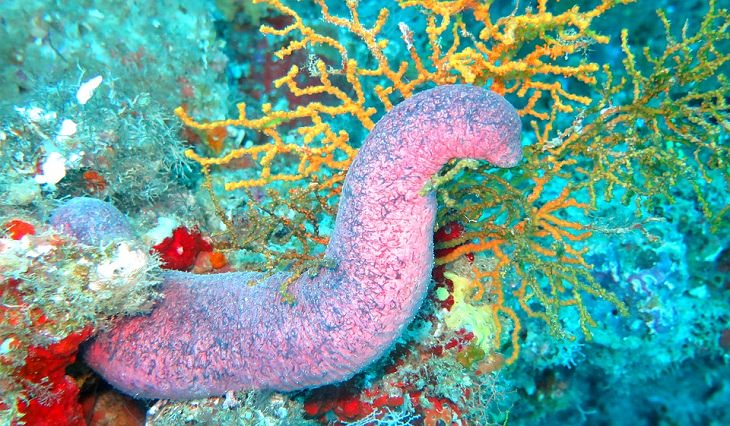
Sea cucumbers (Holothuroidea) are special creatures that can regenerate damaged or lost body parts. While there are a few other animals who also possess incredible regenerative abilities, sea cucumbers can do so with much greater magnitude. Fascinatingly, the regenerative tissues of the sea cucumber are formed at both the anterior and posterior regions and stretch towards the opposite ends. Eventually, these tissues merge to form an entirely new digestive tract!
This regeneration is a part of the creature’s defense mechanism. When it feels threatened, the sea cucumber can mutilate its body by fiercely contracting its muscles and discarding many of their internal organs out of their anus. Amazingly, they can regenerate those body parts and then resume their life nonchalantly. Now that’s a rather terrific superpower, isn’t it?
Scientists are now studying this remarkable power and it may prove to be a vital model for regenerative medicine for humans shortly.
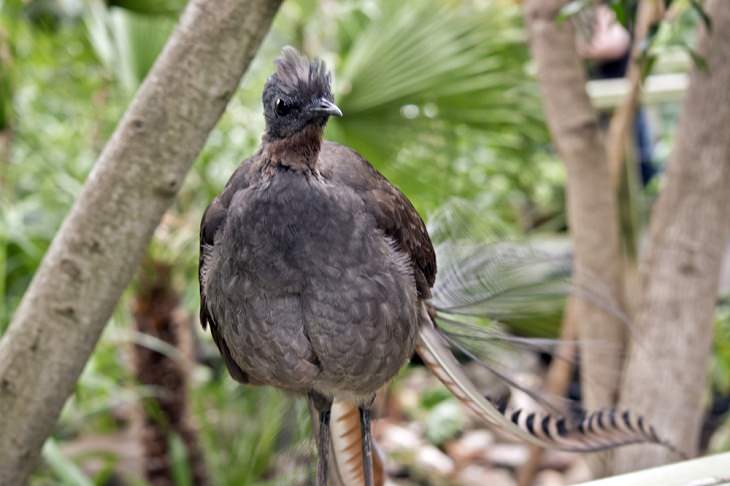
The lyrebird (Menura novaehollandiae) is an unbelievably cool force of nature. Native to Australia, these beautiful birds are distinguished because of their lavish plumage that is shaped like a lyre. However, it is not their appearance that is the most special feature of the bird. Lyrebirds have the most unusual ability to mimic virtually any sound in the world. They don’t just mimic other birds, but also chainsaws, lasers, car alarms, a dog's bark, beaten nails, and the click of a camera shutter. In fact, there is no limit to the sounds that this bird can repeat. They are truly exceptional creatures of the natural world.
The bird has an unusual syrinx (a bird’s voice box) which has three pairs of syringeal muscles rather than four that is usually found in most birds. Scientists aren’t sure if this helps the lyrebird to mimic sounds but they have observed that the bird has the audio equivalent of a photographic memory.